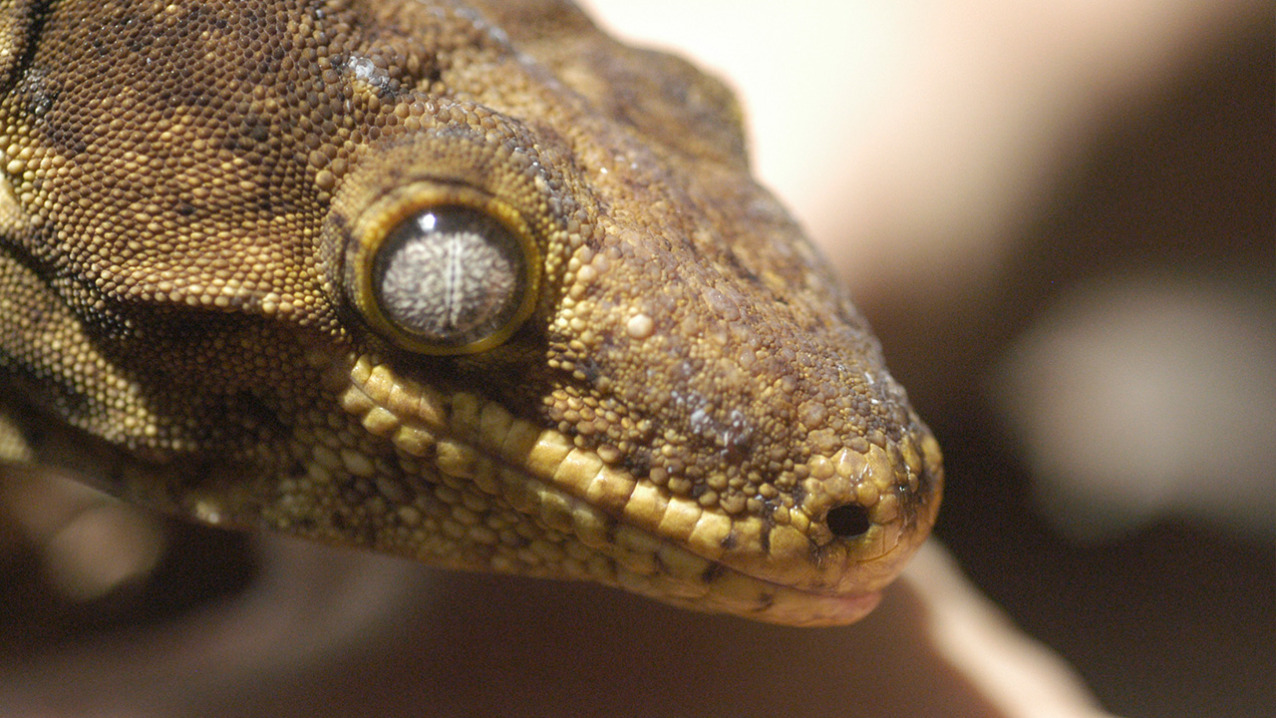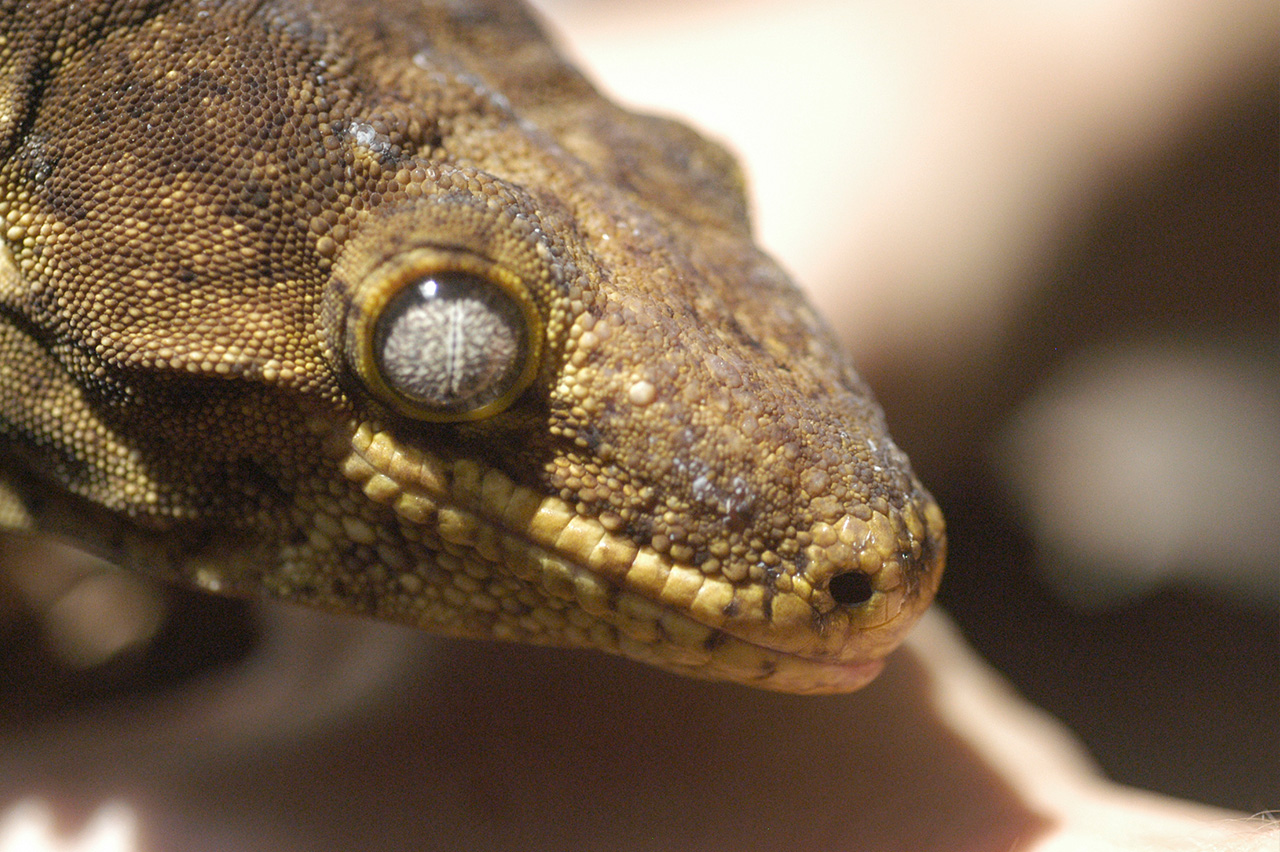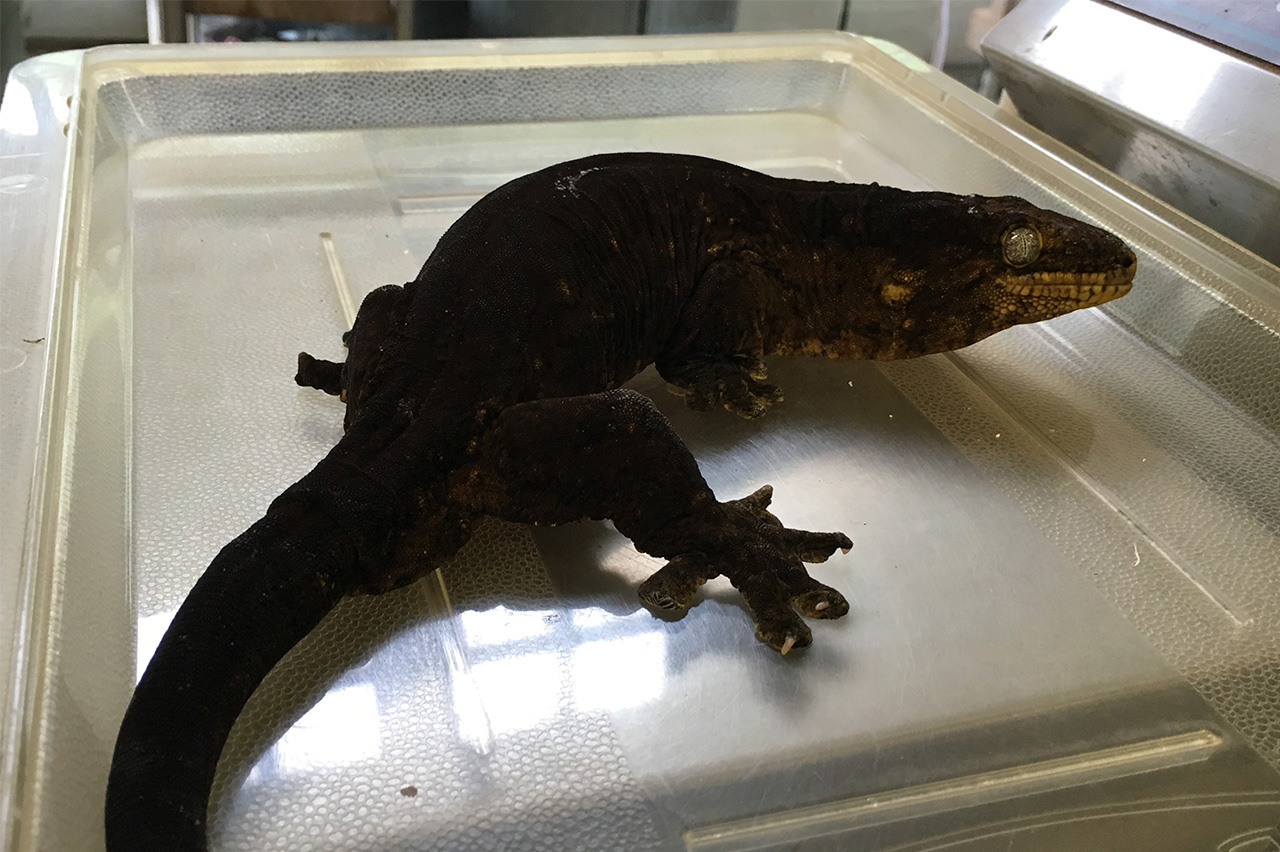Rhacodactylus leachianus
New Caledonia Giant Gecko
About Me
Scientific Name: Rhacodactylus leachianus
Description
This giant gecko is nocturnal and during the day, seeks shelter in the holes and cracks of trees. When night falls, they venture up into the canopy in order to forage.
As their name implies, New Caledonia Giant Geckos can grow rather large, to 6-8 inches in length. They are the largest living gecko species. Among geckos, they have a relatively shorter snout and larger eyes. Their tails are fairly short compared to other lizards. This species sports an incredibly diverse range of colors. Among them are green, brown, gray, black, white, pink, and yellow. In addition, individuals from different regions are also known to exhibit a variety of patterns such as spots and banding.
This giant gecko is nocturnal and during the day, seeks shelter in the holes and cracks of trees. When night falls, they venture up into the canopy in order to forage. Like many geckos, this is a noisy species with clucks, whistles, hisses, and chirps in its repertoire. They are also known to employ head-bobbing as a means of visual communication.
With the exception of the northeastern regions, this species occurs over much of New Caledonia Island’s forests at elevations of 500m to 1,100m.
Males will attract females with clucking calls and head-bobbing. Sex is temperature dependent at a range from 60-80 degrees Fahrenheit. Much of what is known about these animals comes from captive specimens and information on mating in the wild is scarce.
In the wild, they have a seasonally varied diet. During the warmer months their diet mainly consists of fruit, but after the growing season, they will switch to insects and sometimes small birds to survive.
These geckos are a species of Least Concern under the IUCN and their population is stable. The greatest potential threats to them are continued loss of habitat as well as introduced predators such as pigs, dogs, cats, and rats.
Of our three New Caledonias, the male, Lace, is the one who is usually on exhibit. Lace is usually hiding in plain sight, relying on his superb camouflage to keep himself unnoticed.
http://www.iucnredlist.org/details/176166/0http://www.reptilespecialty.com/giant-gecko-care-sheet-rhacodactylus-leachianus.htmlhttp://leapinleachies.com/articles.htm?article=5
http://www.iucnredlist.org/details/176166/0http://www.reptilespecialty.com/giant-gecko-care-sheet-rhacodactylus-leachianus.htmlhttp://leapinleachies.com/articles.htm?article=5
http://www.iucnredlist.org/details/176166/0http://www.reptilespecialty.com/giant-gecko-care-sheet-rhacodactylus-leachianus.htmlhttp://leapinleachies.com/articles.htm?article=5
Other Reptiles
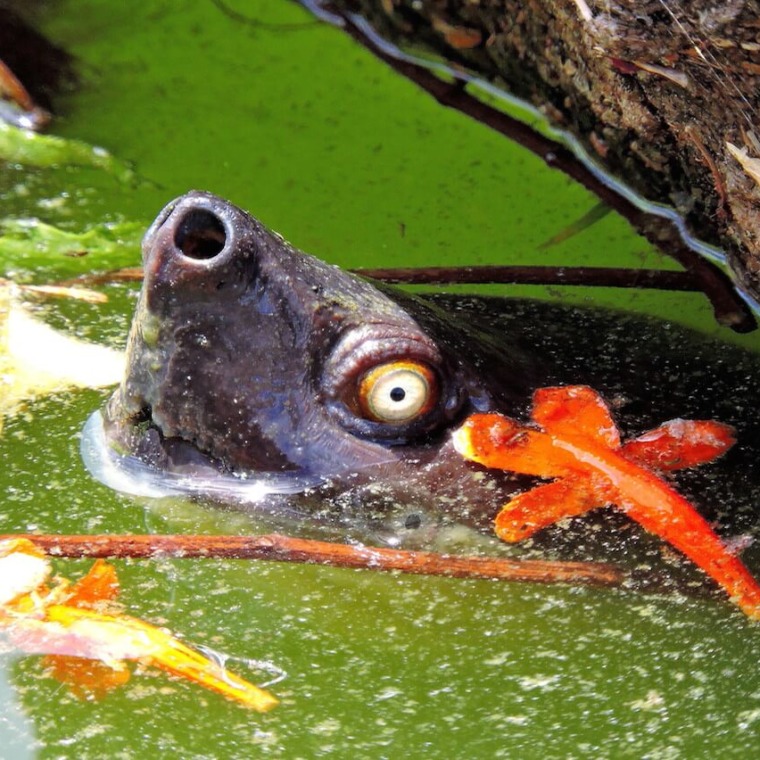
The last populations of Tutong are found in India, Indonesia, Bangaladesh, and Malaysia. It is extinct in its former range of Thailand, Myanmar, Vietnam, and Singapore.
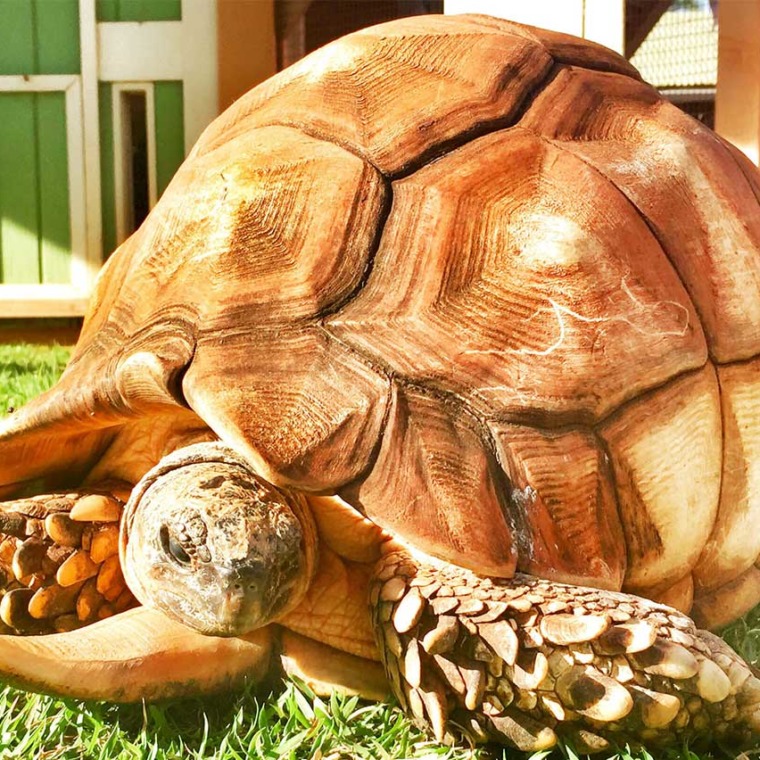
Inactive during cool, dry season (May to October). Does not dig burrows. Seeks protection in thickets and seeks shelter in surface litter. Forages during morning and late afternoon.
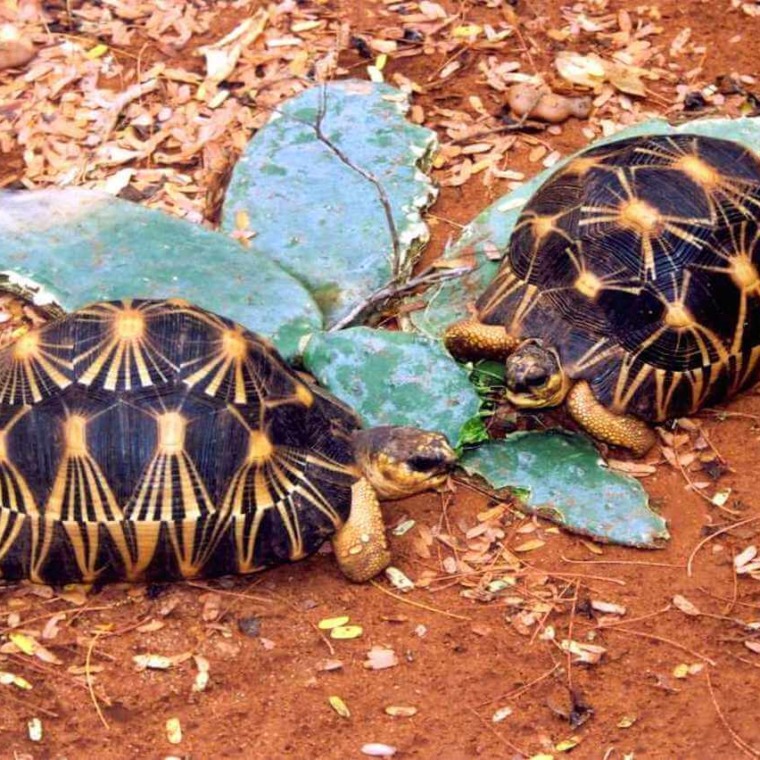
In the wild, this reptile is relegated to the extreme south and south-western portions of Madagascar. In recent times, they have also been introduced to the nearby island of Reunion.
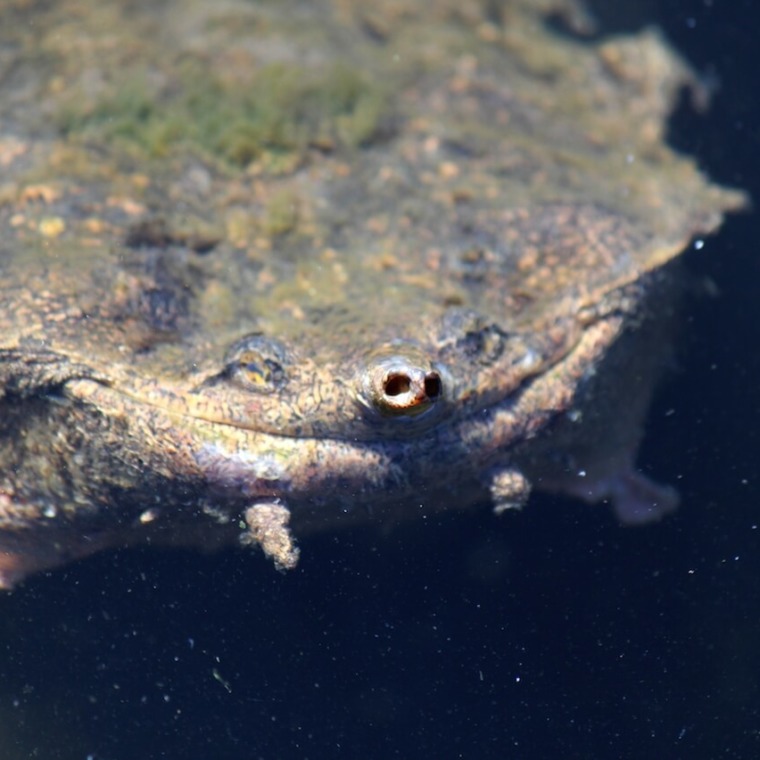
This species inhabits stagnant pools in Brazil and the Guianas and also in parts of the Amazon River and in Trinidad.
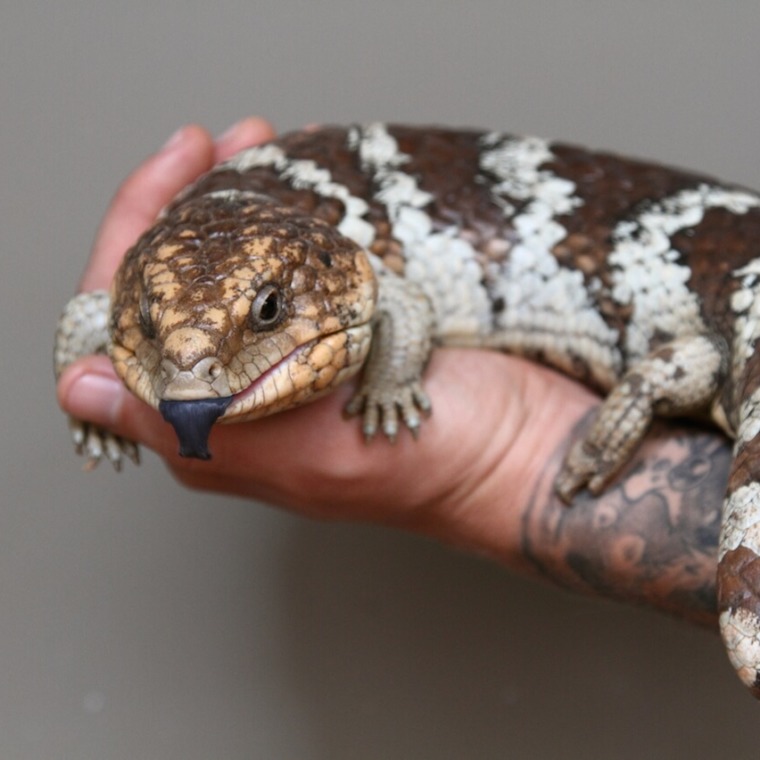
The Shingleback skink is found in southern and western Australia, in desert grassland areas or sandy dunes. Skinks are shy and secretive and seldom stray far from their shelter.


